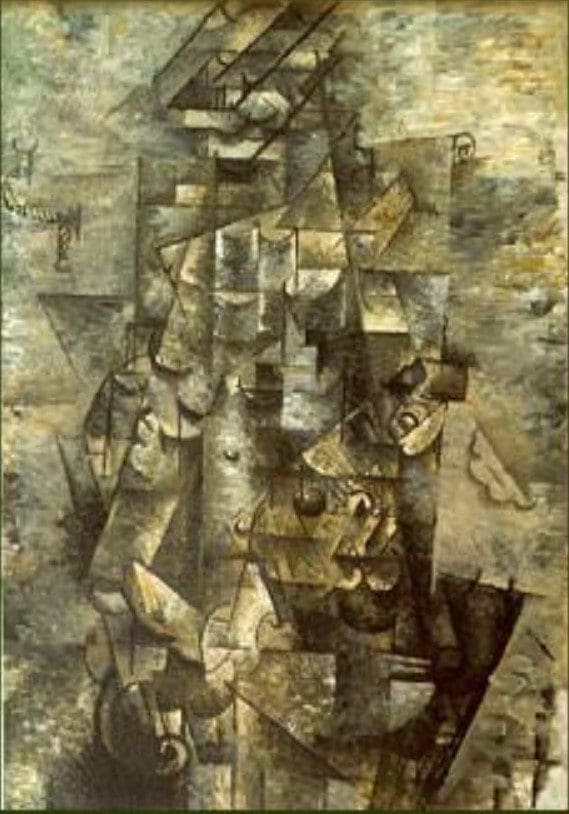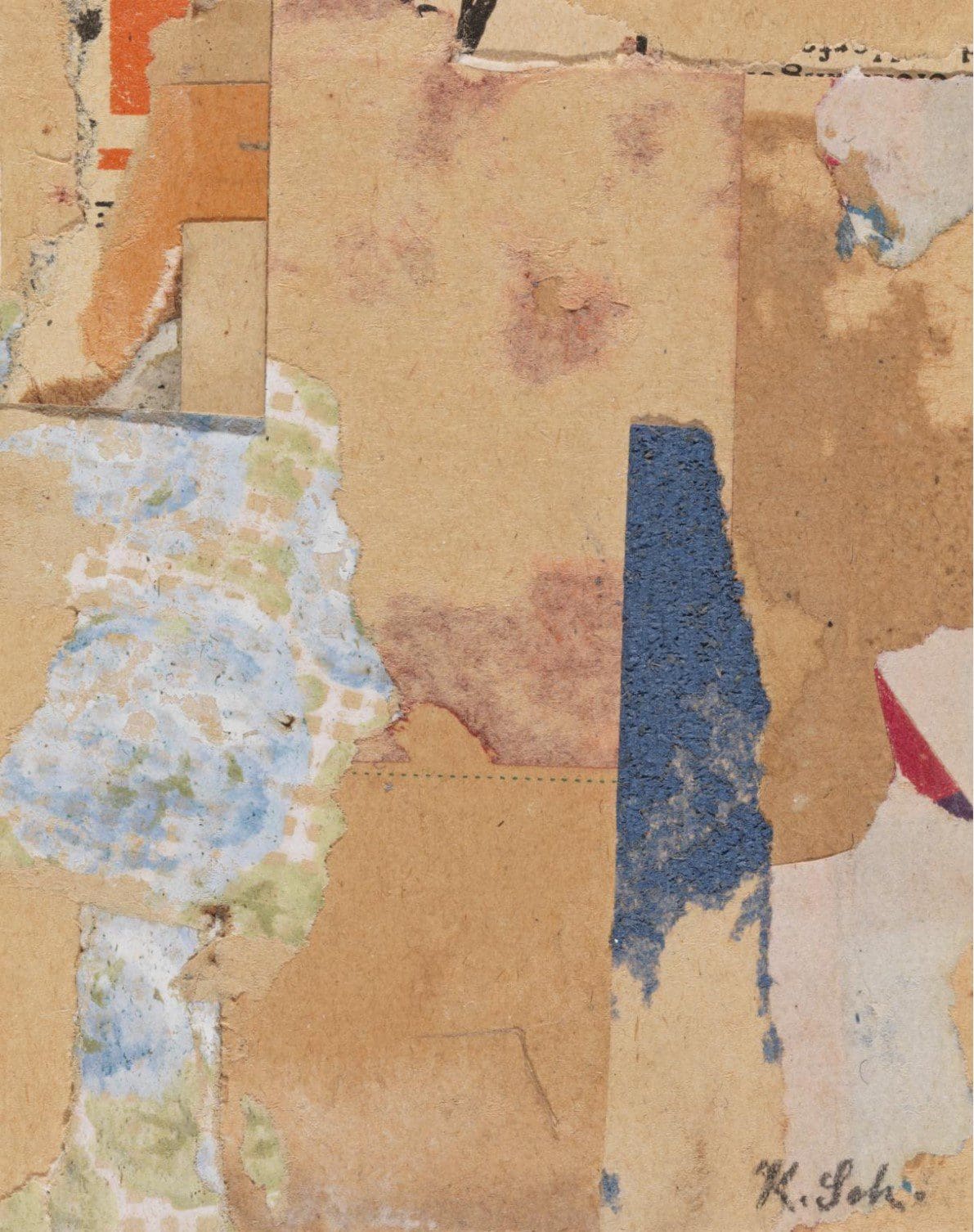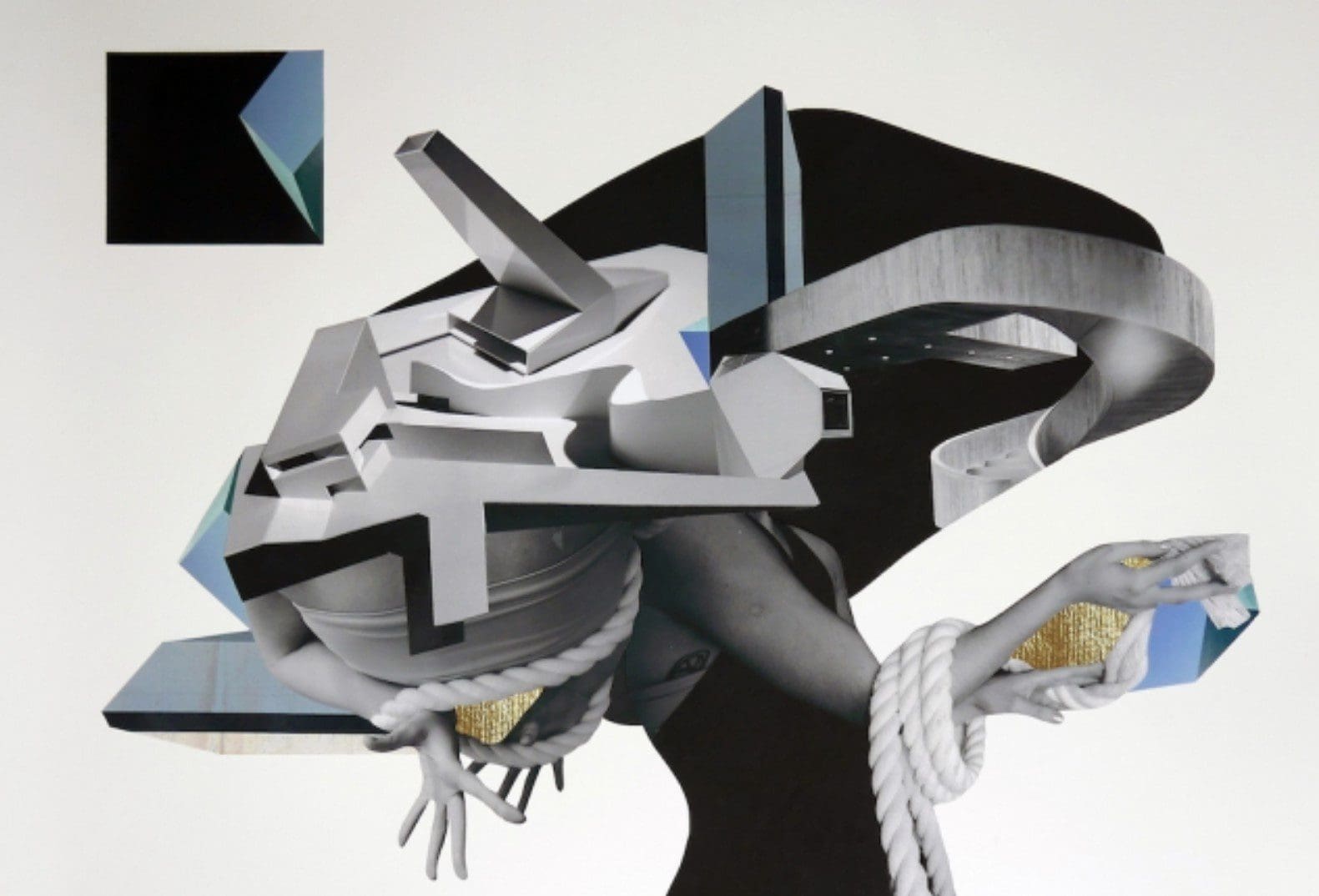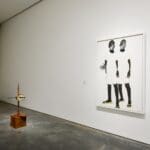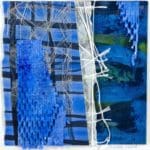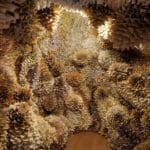Istanbul-based artist Uğur Gallenkuş uses photo collages as a powerful way to showcase the differences in the world. Placing disparate photojournalism images side-by-side, he fuses them into singular compositions that highlight problems across the globe, with a focus on the Western world and the Middle East.
“These problems are war-conflicts, socio-economic problems, environmental disasters, women’s and children’s rights,” Gallenkuş tells My Modern Met. “All of the photos in my works are news photos of real events. Not all of us can understand the events we see in the news and the experiences of the people who have been exposed to these events.”
By placing photos next to each other, the contrasts remind us that there are other people out there who live totally different lives than us.




